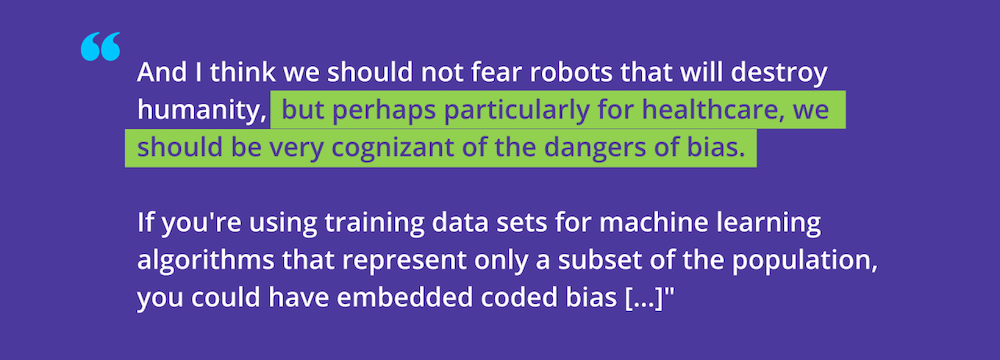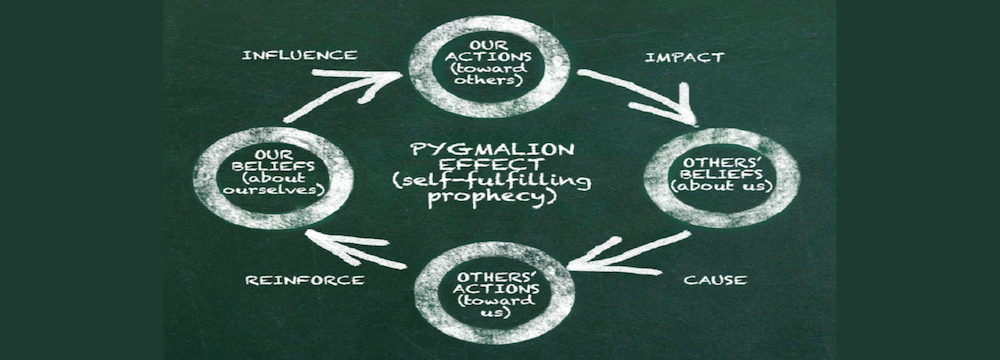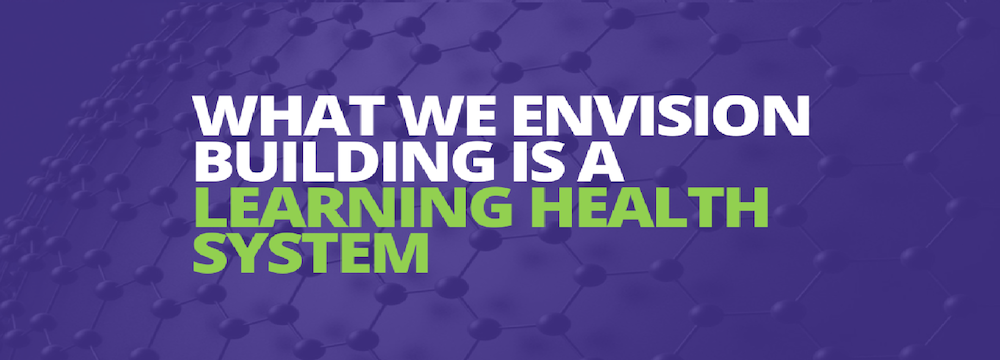Physician Resources
The Rise of AI
From Stephen Hawking to Elon Musk: the speed at which Artificial Intelligence has impacted our lives is a subject of reflection, and, why not, alarm for thoughtful minds across various sectors.
Not surprisingly. Artificial Intelligence is widely recognized as the next step in the Fourth Industrial Revolution, alongside robots and other machines. This became widely known to the public when Chat GPT became available last year. It’s fascinating to note that this tool, app, or software reached 100 million users faster than any other in history, surpassing the likes of TikTok, Instagram, or even Uber.
Why Am I Paying Attention to the Artificial Intelligence Revolution?
Let me talk about my interest in AI. This arose from a study published in 2019 when I realized its significance.
Going back in time, I had the honor of working with Dr. Castellanos, a master in electrocardiogram interpretation, who influenced me during my internship at the University of Miami. He could quickly assess if a patient had a low ejection fraction by reading an electrocardiogram due to his expertise in vectorcardiography. This is a complex analysis of the electrocardiogram that few physicians have been able to master.
You would see him reading electrocardiograms in literally seconds. As he flipped from one page to another, you had to be quick enough to separate those that would be read later and try to learn from him.
Technology now democratizes this skill, previously limited to a few experts, as demonstrated by an algorithm developed by a Mayo Clinic Group in 2019, potentially enhancing patient care.
Available Tools
When it comes to tools that will assist us in direct patient care, these are more regulated.
In 2022, only 178 AI-enabled devices were FDA approved, several for interpretation and monitoring of the heart rhythm, with few therapeutic tools. This number has grown significantly, with the majority of approved algorithms being related to medical imaging.
Wearable devices with sensors are becoming widely available for detecting conditions like arrhythmias. Additionally, tools capable of predicting patient outcomes and risks with high precision are already commercially available. These could help us better allocate resources in the hospital or outpatient setting to improve patient outcomes.
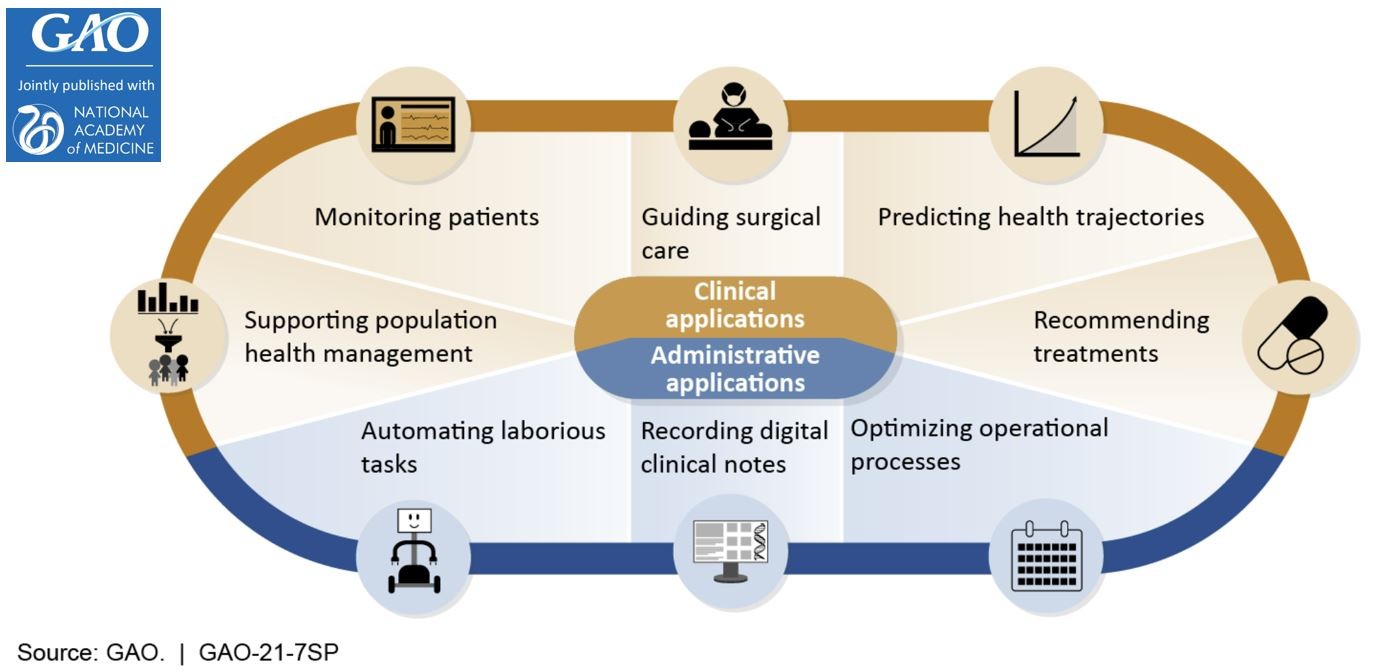
There are also a number of administrative applications available. These will likely have more widespread adoption quicker than clinical tools, as they don’t need to go through extensive regulatory approval pathways. A great example is the ability to automatically generate clinical notes as a physician or nurse interacts with a patient.
Challenges and Barriers: the Danger of Bias
There are some challenges and barriers, and there are things for us to be cognizant of. I think we should not fear robots that will destroy humanity, but perhaps, particularly in healthcare, we should be very cognizant of the dangers of bias.
If you’re using training datasets for machine learning algorithms that use just a subset of the population, you could embed bias into an algorithm. Algorithms could ultimately affect minorities.
Next Steps
We hope these tools will not only improve care but also the efficiency of healthcare delivery and also reduce the burden and perhaps clinician burnout.
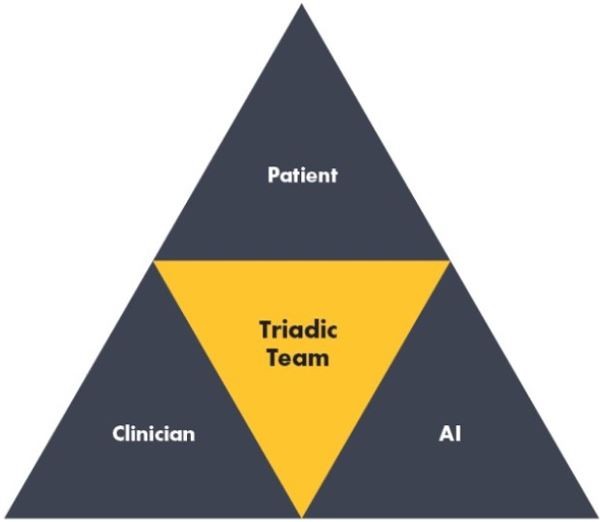
https://www.ahrq.gov
With AI and machine learning algorithms for patient care and practice management, I hope what we’ll see is a complete reimagining of how healthcare teams work. AI is better used if we’re using a triad of patient, clinician, and AI algorithms – not separately, not just a patient and AI, clinician and AI. With this, I hope we’ll see the tools augmenting care delivery overall.
Dr Jose Osorio
Miami, FL
Other Posts:

